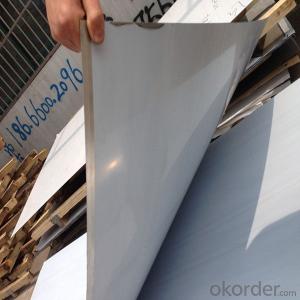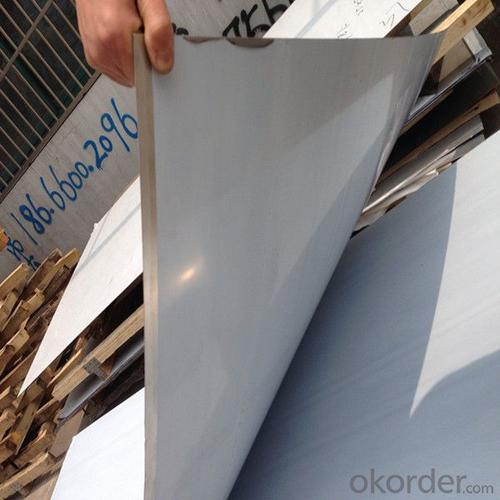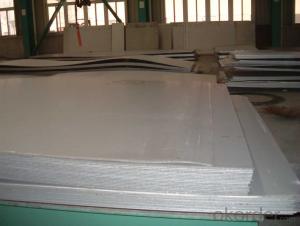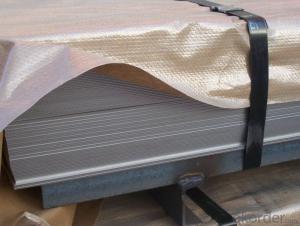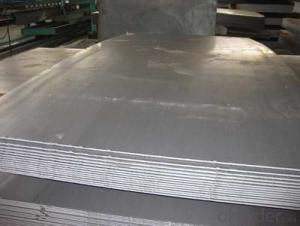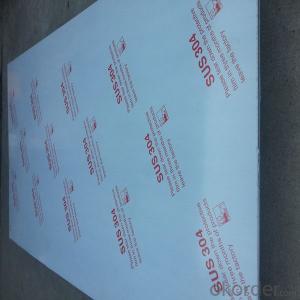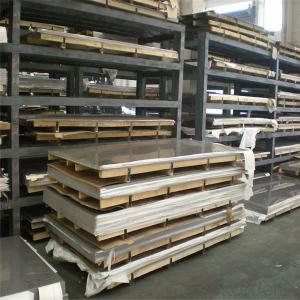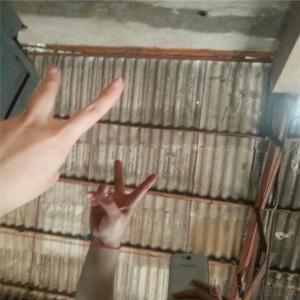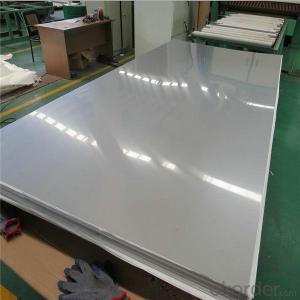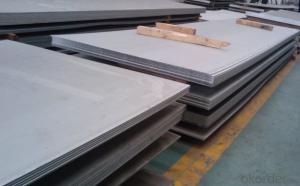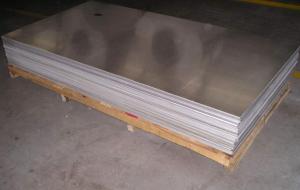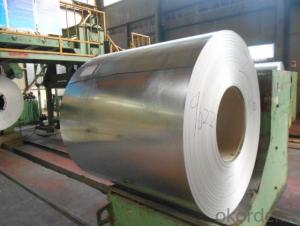Stainless Steel Sheet 321 prices Per Tons
- Loading Port:
- Shanghai
- Payment Terms:
- TT OR LC
- Min Order Qty:
- 2 m.t.
- Supply Capability:
- 2000 m.t./month
OKorder Service Pledge
OKorder Financial Service
You Might Also Like
Specification
430 304 304L 316L 201 310s 321 316 4x8 stainless steel sheet prices
Product Description
1. Specifications about stainless steel sheet
Commodity | 430 304 304L 316L 201 316 4x8 sheet metal prices stainless steel |
Grade | 201,202,304,304L,316,316L,310S,309S,321,301,310,410,420,430,904L |
Brand | TISCO ,BAOSTEEL,POSCO,JISCO,LISCO |
Certification | SGS,BV,IQI,TUV,ISO,etc |
Thickness | 0.2mm-150mm |
Width | 1000,1219,1250,1500mm, or as your requirements |
Length | 2000,2438,2500,3000,6000mm, or as your requirements |
Surface | No.1, 2B, BA, 8K Mirror, Hairline,satin, Embossed,brush,No.4,HL,matt,pvc film,laser film. |
Standard | ASTM,AISI,SUS,JIS,EN,DIN,GB, ASME,etc |
Delivery time | 5-7 days after confirming the order |
MOQ | 1 Ton |
Advantages | Showing the splendor of your quality, wear resistant as well , strong corrosion resistance and decorative effect, durable and beautiful in good taste. |
2. Chemical Composition about stainless steel sheet
Grade | C | Si | Mn | P | S | Ni | Cr | Mo |
201 | ≤0.15 | ≤1.00 | 5.5~7.5 | ≤0.06 | ≤0.03 | 3.50~5.50 | 16.0~18.0 | |
202 | ≤0.15 | ≤1.00 | 7.5~10.0 | ≤0.06 | ≤0.03 | 4.0~6.0 | 17.0~19.0 | |
301 | ≤0.15 | ≤1.00 | ≤2.00 | ≤0.045 | ≤0.03 | 6.0~8.0 | 16.0~18.0 | |
302 | ≤0.15 | ≤1.00 | ≤2.00 | ≤0.045 | ≤0.03 | 8.0~10.0 | 17.0~19.0 | |
304 | ≤0.07 | ≤1.00 | ≤2.00 | ≤0.045 | ≤0.03 | 8.0~10.5 | 18.0~20.0 | - |
304L | ≤0.03 | ≤1.00 | ≤2.00 | ≤0.045 | ≤0.03 | 9.0~13.0 | 18.0~20.0 | - |
310S | ≤0.08 | ≤1.00 | ≤2.00 | ≤0.045 | ≤0.03 | 19.0~22.0 | 24.0~26.0 | - |
316 | ≤0.08 | ≤1.00 | ≤2.00 | ≤0.045 | ≤0.03 | 10.0~14.0 | 16.0~18.0 | 2.00~3.00 |
316L | ≤0.03 | ≤1.00 | ≤2.00 | ≤0.045 | ≤0.03 | 12.0~15.0 | 16.0~18.0 | 2.00~3.00 |
321 | ≤0.08 | ≤1.00 | ≤2.00 | ≤0.045 | ≤0.03 | 9.0~13.0 | 17.0~19.0 | - |
430 | ≤0.12 | ≤0.75 | ≤1.00 | ≤0.045 | ≤0.03 | ≤0.60 | 16.0~18.0 | - |
430A | ≤0.06 | ≤0.50 | ≤0.50 | ≤0.030 | ≤0.50 | ≤0.25 | 14.0~17.0 |
3.Surface--stainless steel sheet
| Surface Finish | Definition | Application |
| 2B | Those finished, after cold rolling, by heat treatment, pickling or other equivalent treatment and lastly by cold rolling to given appropriate luster. | Medical equipment, Food industry, Construction material, Kitchen utensils. |
BA/8K mirror | Those processed with bright heat treatment after cold rolling. | Kitchen utensils, Electric equipment, Building construction. |
| NO.3 | Those finished by polishing with No.100 to No.120 abrasives specified in JIS R6001. | Kitchen utensils, Building construction. |
| NO.4 | Those finished by polishing with No.150 to No.180 abrasives specified in JIS R6001. | Kitchen utensils, Building construction, Medical equipment. |
| Hairline | Those finished polishing so as to give continuous polishing streaks by using abrasive of suitable grain size. | Building Construction. |
| NO.1 | The surface finished by heat treatment and pickling or processes corresponding there to after hot rolling. | Chemical tank, pipe. |
4.Products photos
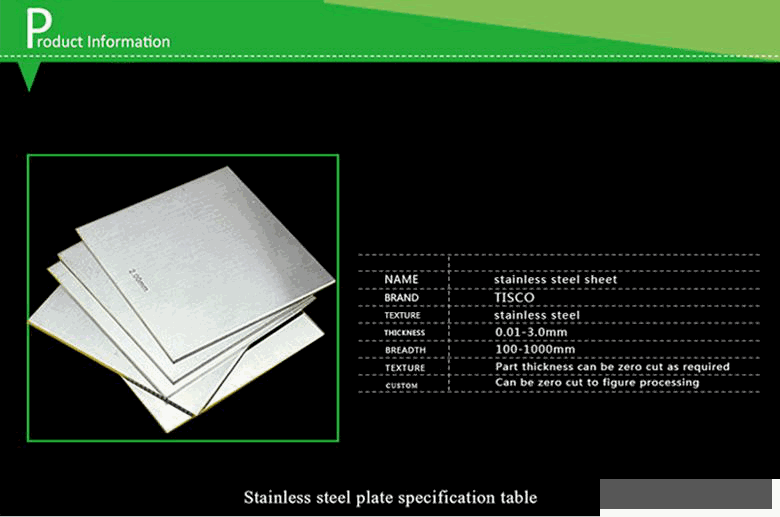
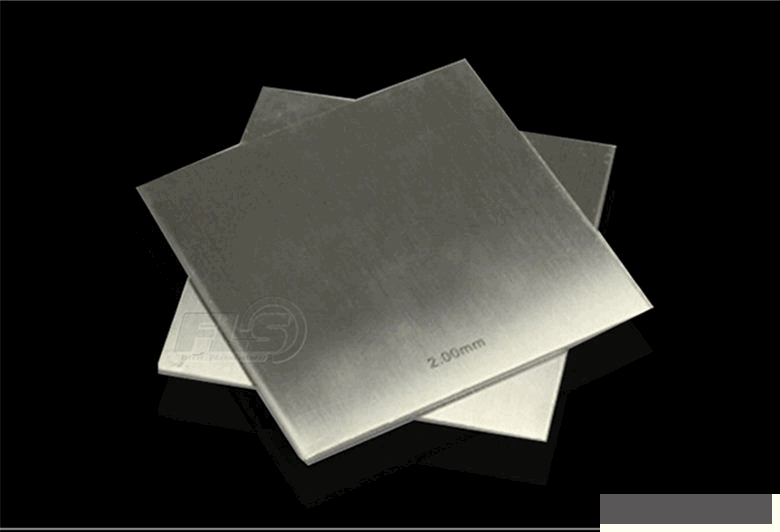
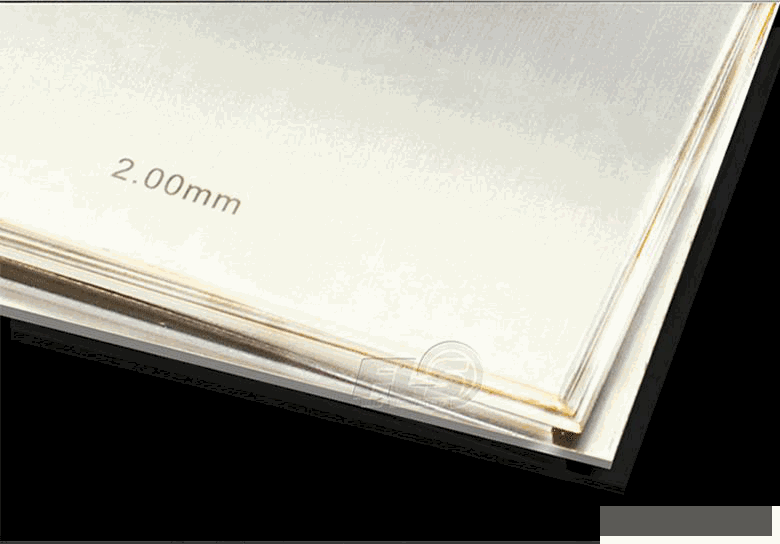
Packaging & Shipping
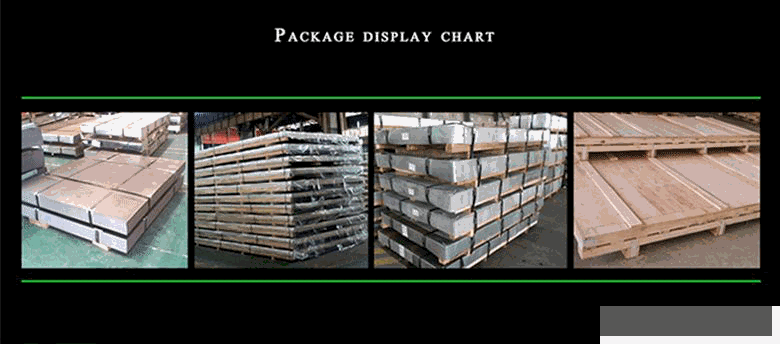

Our Services
Manufacturing Process of Stainless Steel Sheet/Plate:
Raw materials are sending to hot rolling units for rolling into different sizes.
→Hot rolled material is annealing in cold rolled annealing furnace and pickling in acid.
→All mill rolls are grinded on precision grinding machine with proper chamfering after first shift operation.
→All sheets are pickled in different tanks and dried on brush roll machine before dispatched.
→These sheets are again annealing and are sent to straighten machine for straightening.
→Inspections are done at various stages. Keep proper control overall internal process via rolling, annealing and pickling by our experienced staff.

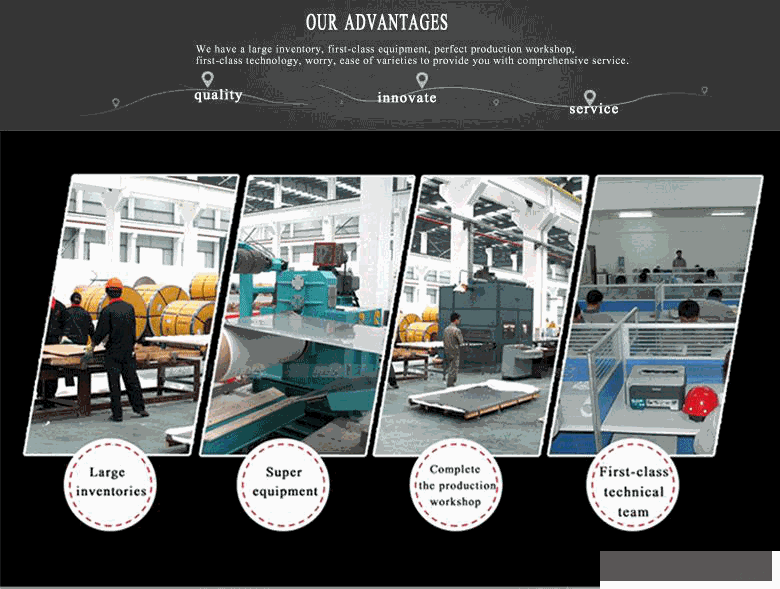
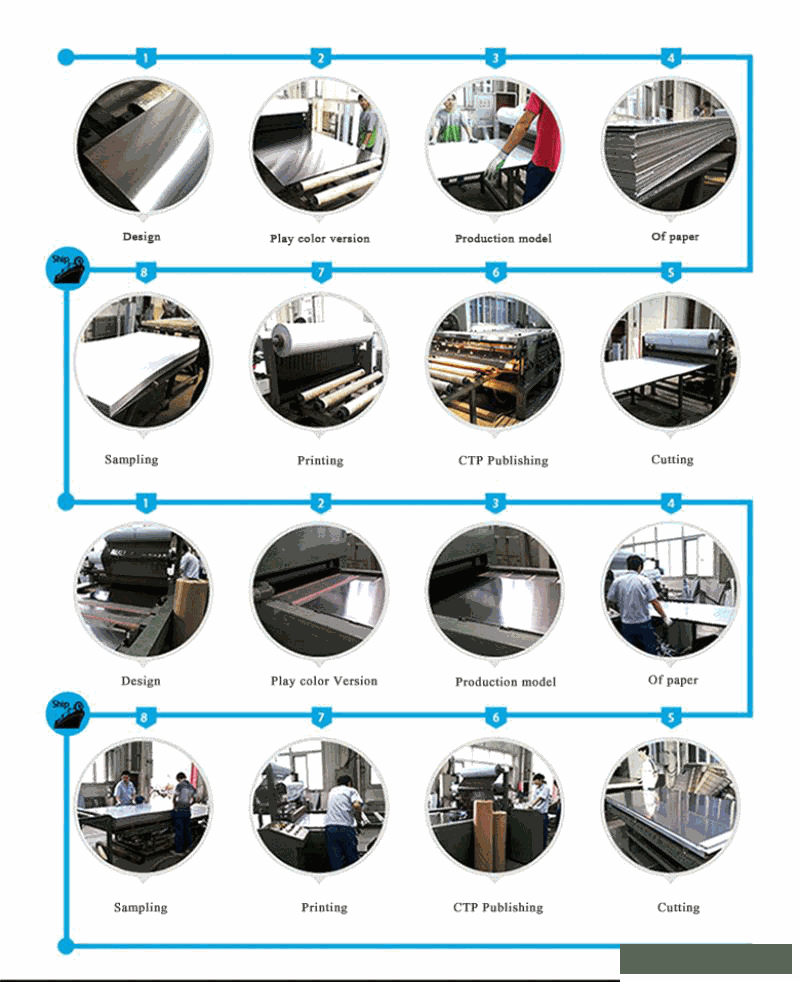
Stainless steel maintenance:
(1) Regular cleaning and maintenance
(2) Pay attention to prevent the occurrence of the phenomenon of surface scratches
(3) Use soap, weak detergent or warm water to remove surface dust, dirt
(4) In addition to the surface of the binder with alcohol or an organic solvent (ether, benzene)
(5) Use neutral detergent or ammonia solution in addition to surface oil
(6) With 10% nitric acid or abrasive detergent in addition to the surface of the embroider caused by the dirt.
- Q: Are stainless steel sheets suitable for laboratory equipment?
- Yes, stainless steel sheets are suitable for laboratory equipment. Stainless steel is highly resistant to corrosion, easy to clean, and has excellent strength and durability, making it ideal for use in laboratory settings where hygiene and durability are crucial.
- Q: What are the different types of stainless steel sheet surface coatings for outdoor applications?
- Outdoor applications commonly use various types of stainless steel sheet surface coatings. These coatings aim to enhance the stainless steel's durability and corrosion resistance, making it suitable for harsh outdoor environments. One commonly used coating for outdoor applications is powder coating. This involves applying a dry powder to the stainless steel surface and then curing it under heat to create a protective layer. Powder coating offers excellent resistance against corrosion, UV rays, and chemicals, making it perfect for outdoor use. Furthermore, it provides a wide range of color options, allowing for customization and aesthetic appeal. Another type of coating frequently employed for outdoor applications is PVD (Physical Vapor Deposition) coating. This process entails depositing a thin film of material onto the stainless steel surface using a vacuum chamber. PVD coatings offer outstanding adhesion, wear resistance, and corrosion resistance, making them suitable for outdoor use. They also provide various decorative finishes like gold, bronze, or black, which can enhance the stainless steel's appearance. In addition, stainless steel can be coated with ceramic for outdoor applications. Ceramic coatings are typically applied using a high-temperature spray process, resulting in a hard, protective layer on the stainless steel surface. These coatings offer superior resistance against abrasion, chemicals, and UV rays, making them ideal for highly durable outdoor applications. To summarize, stainless steel sheet surface coatings for outdoor applications include powder coating, PVD coatings, and ceramic coatings. Each of these coatings offers distinct benefits in terms of corrosion resistance, durability, and aesthetic appeal, enabling the use of stainless steel in a wide range of outdoor environments.
- Q: Are stainless steel sheets suitable for automotive applications?
- Stainless steel sheets are indeed well-suited for automotive applications. With its durability, strength, and corrosion resistance, stainless steel proves to be an ideal material for various automotive components. It finds extensive use in body panels, exhaust systems, trim, and other parts that necessitate resistance to weathering, heat, and chemical exposure. Moreover, stainless steel sheets offer remarkable aesthetic appeal as they can be polished to a mirror-like finish or brushed to achieve a sleek and contemporary appearance. Additionally, stainless steel is easily malleable, enabling the production of intricate shapes and designs crucial in the automotive manufacturing process. All in all, stainless steel sheets provide the essential properties and versatility to fulfill the demanding requirements of automotive applications.
- Q: Are stainless steel sheets suitable for pharmaceutical cleanrooms?
- Indeed, pharmaceutical cleanrooms greatly benefit from the use of stainless steel sheets. The pharmaceutical industry widely embraces stainless steel due to its exceptional resistance to corrosion, durability, and ease of cleaning. This material possesses a non-porous nature that eliminates the potential of harboring bacteria or contaminants, making it an ideal option for cleanroom environments where the maintenance of a sterile and hygienic atmosphere is of paramount importance. Furthermore, stainless steel sheets can be effortlessly sanitized and endure harsh cleaning agents without deteriorating or releasing particles, which could compromise the pharmaceutical products being manufactured. Moreover, the smooth and non-shedding surface of stainless steel prevents the accumulation of particles and simplifies cleanroom maintenance. Ultimately, the utilization of stainless steel sheets in pharmaceutical cleanrooms guarantees compliance with rigorous cleanliness and sterility requirements.
- Q: What is the cost of stainless steel sheets?
- The price of stainless steel sheets may differ based on various factors including the thickness, size, and grade of stainless steel employed. Typically, stainless steel sheets are priced per square foot or square meter. The price range can further be influenced by the supplier, location, and market conditions. Moreover, any additional processing or finishing requirements like polishing or cutting can impact the overall cost. To obtain precise and current pricing details for stainless steel sheets, it is advisable to reach out to a local supplier or distributor.
- Q: What are the weight calculations for stainless steel sheets?
- The weight calculations for stainless steel sheets can be determined using the following formula: Weight (in pounds) = Thickness (in inches) x Width (in inches) x Length (in inches) x Density (in pounds per cubic inch) The density of stainless steel typically ranges from 0.283 to 0.305 pounds per cubic inch, depending on the specific alloy used. Therefore, it is important to determine the specific density value for the particular grade of stainless steel being used. For example, let's say we have a stainless steel sheet with a thickness of 0.125 inches, a width of 36 inches, and a length of 72 inches. If the density of the stainless steel is 0.283 pounds per cubic inch, the weight calculation would be: Weight = 0.125 inches x 36 inches x 72 inches x 0.283 pounds per cubic inch = 91.368 pounds So, the weight of this stainless steel sheet would be approximately 91.368 pounds.
- Q: Are stainless steel sheets resistant to alkalis?
- Yes, stainless steel sheets are generally resistant to alkalis due to their inherent corrosion-resistant properties.
- Q: What are the benefits of using diamond plate stainless steel sheets in industrial flooring?
- There are several benefits of using diamond plate stainless steel sheets in industrial flooring. Firstly, diamond plate stainless steel sheets provide excellent durability and strength. The diamond pattern on the surface enhances the structural integrity of the sheets, making them highly resistant to wear and tear. This is particularly important in industrial settings where heavy machinery, equipment, and foot traffic can cause significant damage to regular flooring materials. The stainless steel construction also ensures that the sheets are corrosion-resistant, further extending their lifespan and reducing maintenance costs. Secondly, diamond plate stainless steel sheets offer superior slip resistance. The raised diamond pattern provides additional traction, making it easier and safer for workers to move around the industrial floor. This is essential in environments where spills, oils, or other liquids are present, as it helps to prevent accidents and injuries caused by slip and falls. Additionally, diamond plate stainless steel sheets are hygienic and easy to clean. The smooth surface and corrosion-resistant properties of stainless steel make it resistant to dirt, grime, and bacteria buildup. This is crucial in industries such as food processing, pharmaceuticals, or healthcare, where maintaining a clean and sanitary environment is paramount. Moreover, diamond plate stainless steel sheets are aesthetically pleasing and can enhance the overall appearance of the industrial space. The diamond pattern adds a modern and industrial touch, which can help create a professional and visually appealing environment. Lastly, diamond plate stainless steel sheets are versatile and can be easily customized to fit various industrial flooring requirements. They are available in different sizes, thicknesses, and grades, allowing for flexibility in design and installation. This adaptability makes them suitable for a wide range of applications, from factory floors to warehouses, garages, and even outdoor areas. In conclusion, the benefits of using diamond plate stainless steel sheets in industrial flooring are their durability, slip resistance, hygiene, aesthetic appeal, and versatility. These advantages make them an excellent choice for industrial settings, ensuring a safe, long-lasting, and visually appealing flooring solution.
- Q: What's the difference between stainless steel 304 2B board and Ba board?
- BA 2B process is not the same, finished products are not the same.The BA plate is rolled with a work roll of roughness 0.006-0.008 and annealed in a vertical furnace. The surface is very mirror like;2B edge Miao made by using roughness of work rolls 0.2-0.28, commonly used in horizontal continuous annealing production, rough surface.
- Q: Can stainless steel sheets be used for heat shields?
- Yes, stainless steel sheets can be used for heat shields. Stainless steel is known for its excellent heat resistance and durability, making it an ideal material for heat shields in various applications.
Send your message to us
Stainless Steel Sheet 321 prices Per Tons
- Loading Port:
- Shanghai
- Payment Terms:
- TT OR LC
- Min Order Qty:
- 2 m.t.
- Supply Capability:
- 2000 m.t./month
OKorder Service Pledge
OKorder Financial Service
Similar products
Hot products
Hot Searches
Related keywords
